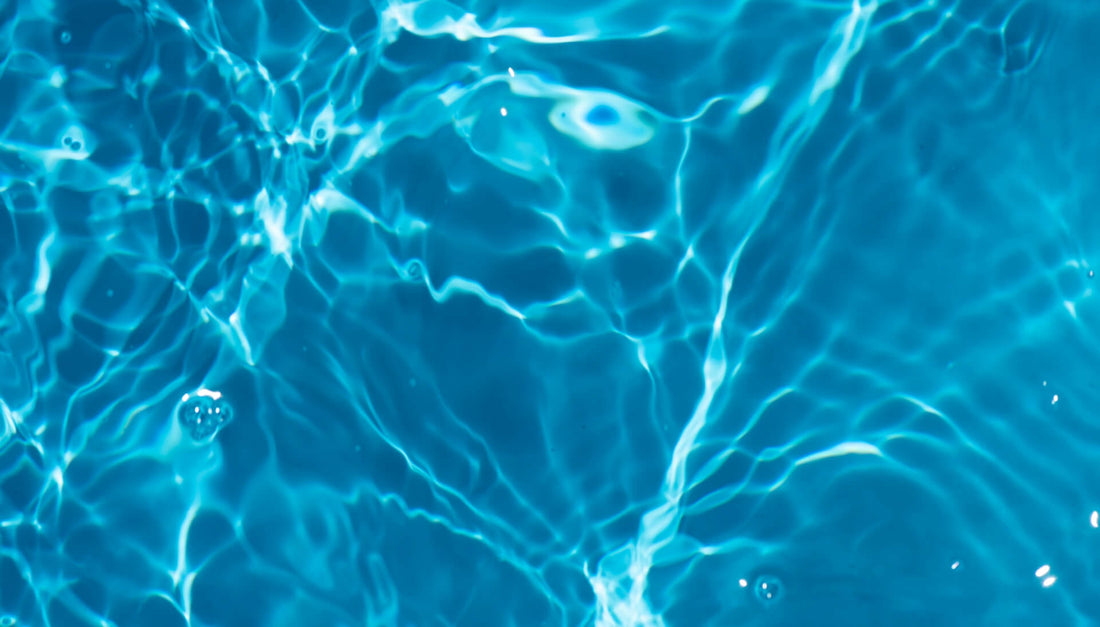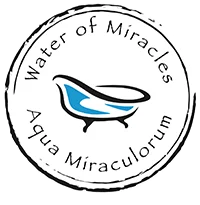
Treatment of infected wounds with methylene blue photodynamic therapy: An effective and safe treatment method
In this study, the efficacy of Methylene Blue Photodynamic Therapy (MB-PDT) in treating infected wounds was explored. The research centered on five patients suffering from wound infections, each treated with MB-PDT using a red LED light source. This innovative therapy, involving the application of Methylene Blue followed by irradiation at a specific wavelength and intensity, aimed to exploit the compound’s therapeutic properties under light activation. The results were remarkable, with all patients experiencing complete healing of their infected wounds after an average of four PDT sessions.
The study’s findings underscore the potential of MB-PDT as a viable alternative to traditional wound treatment methods, especially in the context of rising bacterial resistance to antibiotics. The success of the therapy not only lay in its efficacy in healing wounds but also in its safety profile and cosmetic outcomes. Patients underwent follow-up periods ranging from three to twelve months, during which no recurrences of the infections or adverse side effects were observed. This suggests that MB-PDT offers a sustainable, long-term solution for managing infected wounds.
Moreover, the cost-effectiveness of MB-PDT makes it an attractive option in clinical settings. The study positions Methylene Blue as a versatile, efficient, and accessible photosensitizer, which, when combined with appropriate light exposure, can yield significant therapeutic benefits in wound care. This research paves the way for broader adoption of MB-PDT in treating infected wounds, offering hope for more effective, affordable, and patient-friendly wound management strategies.



